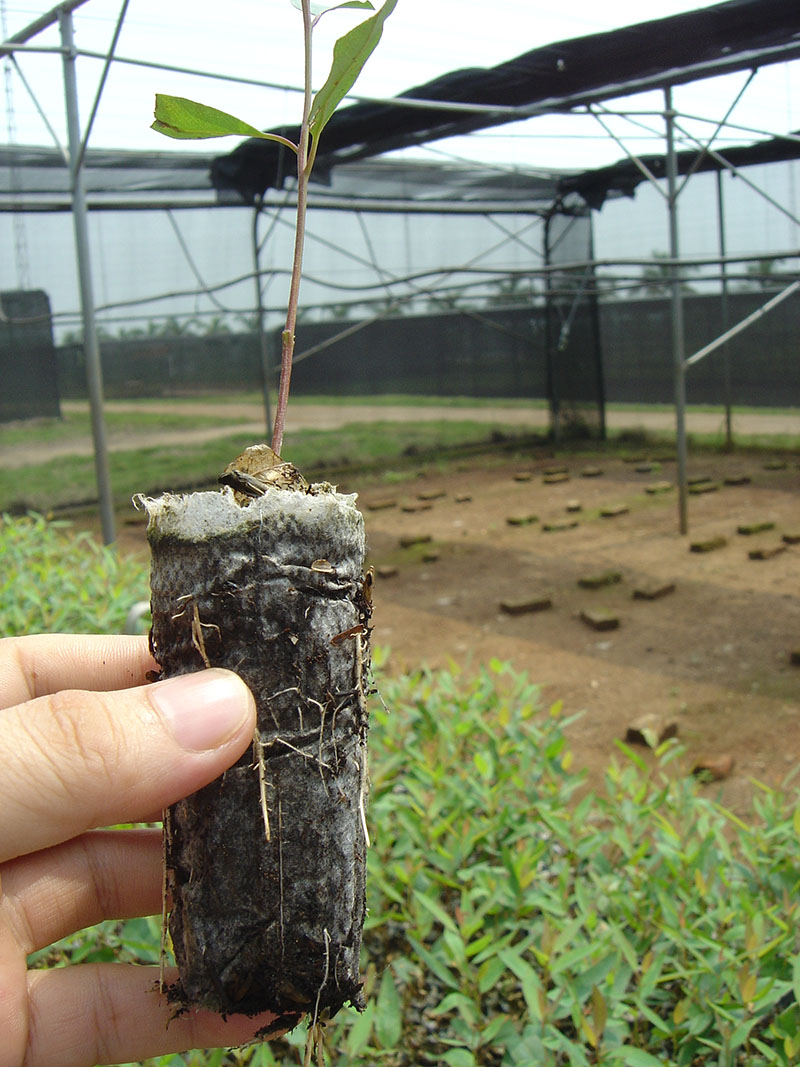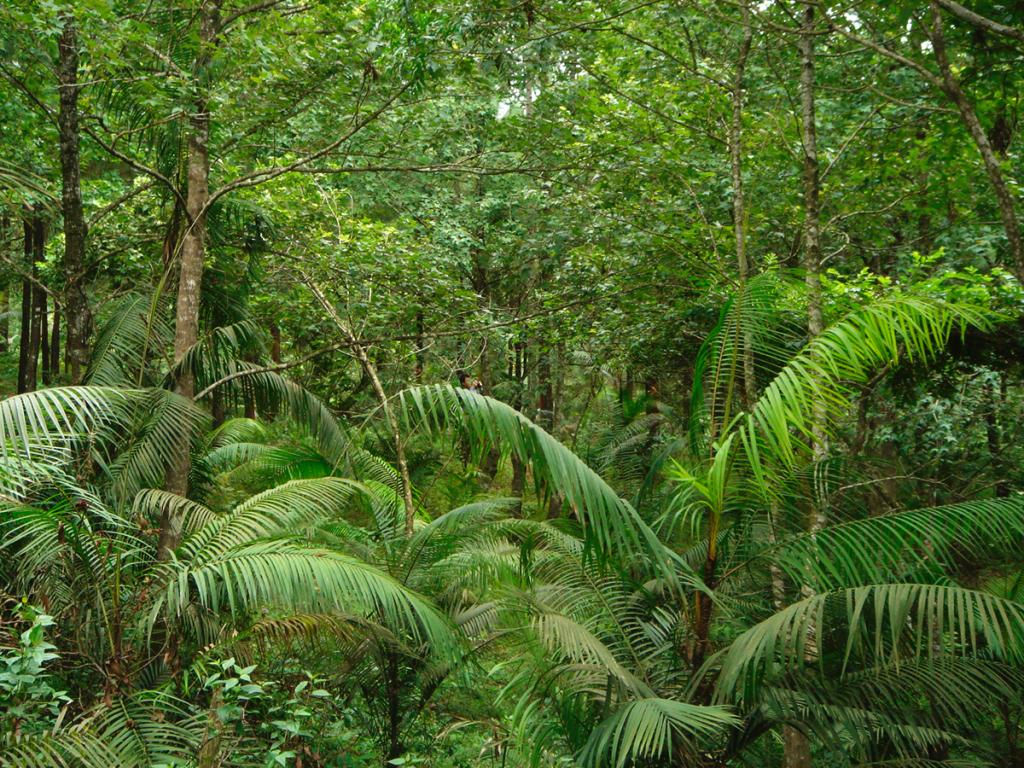Silviculture technologies
Through carrying out comprehensive surveys on the natural forests of Abies fabri, Pinus yunnanensis and Larix dahurica in southwestern and northeastern China, the scientists of Chinese Academy of Forestry (CAF) have clarified their composition, structures, growth, forest types and regeneration rules and provided plans for their management, harvest and regeneration. Long-term study was conducted on the cultivation, and amelioration of secondary forests in the north and enclosed conservation methods were adopted. Aerial seeding for certain species was studied and applied in an area of more than 8 million ha.

Afforestation by aerial seeding
Seed zones of prior species were identified and method of testing forest seeds was formulated. Technology ensuring survival of Pinus massoniania, Larix kaempferi and Liriodendron chinensis cuttings was developed.
Mycorrhizal inoculation technology was developed for various species under different propagation methods. Light substrate bags were invented for seedling propagation using eucalypt twigs. The Chinese Academy of Forestry established China Forest Site Categorization and Evaluation System for timber plantations across the country and its forest soil study generated significant progress. Optimized models for cultivating timber for construction materials and paper pulp from Cunninghamia lanceolata, populus, Pinus massoniania, Pinus elliottii and larix were provided. A low-density system in favor of target trees for medium and large-diameter fir wood was established, and in its experimental forests, the stand growth increased by 14.1%, the proportion of quality large-diameter wood increased by 30% and the rotation debased two years. The cultivation techniques developed by the Chinese Academy of Forestry for fine quality and high-yielding Pinus elliottii and larix enables the stand growth to increase by 13.8% on average. Silvicultural techniques have been developed for fast-growing and high-yielding Eucalyptus Urophylla, E. Grandis x E. Urophylla, E. Saligana, and the annual increment of four-year plantations of E. Urophylla reaches 35 m3/hm2, E. Grandis x E. Urophylla 37.3 m3/hm2 and E. Saligana 27.4 m3/ hm2. 60 quality species for fuelwood were selected and a national planning of fuelwood forests and their management was provided. Cultivation technology for large-diameter eucalypt, acacia and Betula was advanced and mixed plantation of eucalypt and acacia was built.

Light substrate bags for seedling propagation
Bamboo cultivation
The Chinese Academy of Forestry has carried out long-term research on bamboo germplasm collection, plantation establishment, fertilizer, etc. Phyllostachys bamboo forest for pulp were cultivated and the annual bamboo production reaches 22.45 tons/ha. High-yield plantations for both bamboo shoots and bamboo were successfully established. A water-conserving irrigation system for bamboo forests was created by using stumps to keep water and applying the catchment method. Oriented cultivation technology of short-rotation Phyllostachys plantations for large-diameter wood was planned and piloted in 7 demonstration sites, covering an area of 1,532 ha.
Plant growth regulators
ABT Rooting Powder series are environment-friendly complex hormones for plant growth, which can improve the plant quality, quantity and resistance. It has been applied in 80% of China’s cities and counties for more than 2,700 plant species, covering an area of more than 10 million ha and growing 5.9 billion seedlings. In addition, the Chinese Academy of Forestry has established the most developed rattan specimen repository in China and collected the most rattan genes in the world. We discovered that rattan contains four genera and 14 species of VA mycorrhizal fungi, which can facilitate the growth of rattan seedlings. The Chinese Academy of Forestry also made progresses in cultivation technology of valuable species, such as teak, Betula, Dalbergia odorifera, etc.

Interplanting rattans under crown of plantation